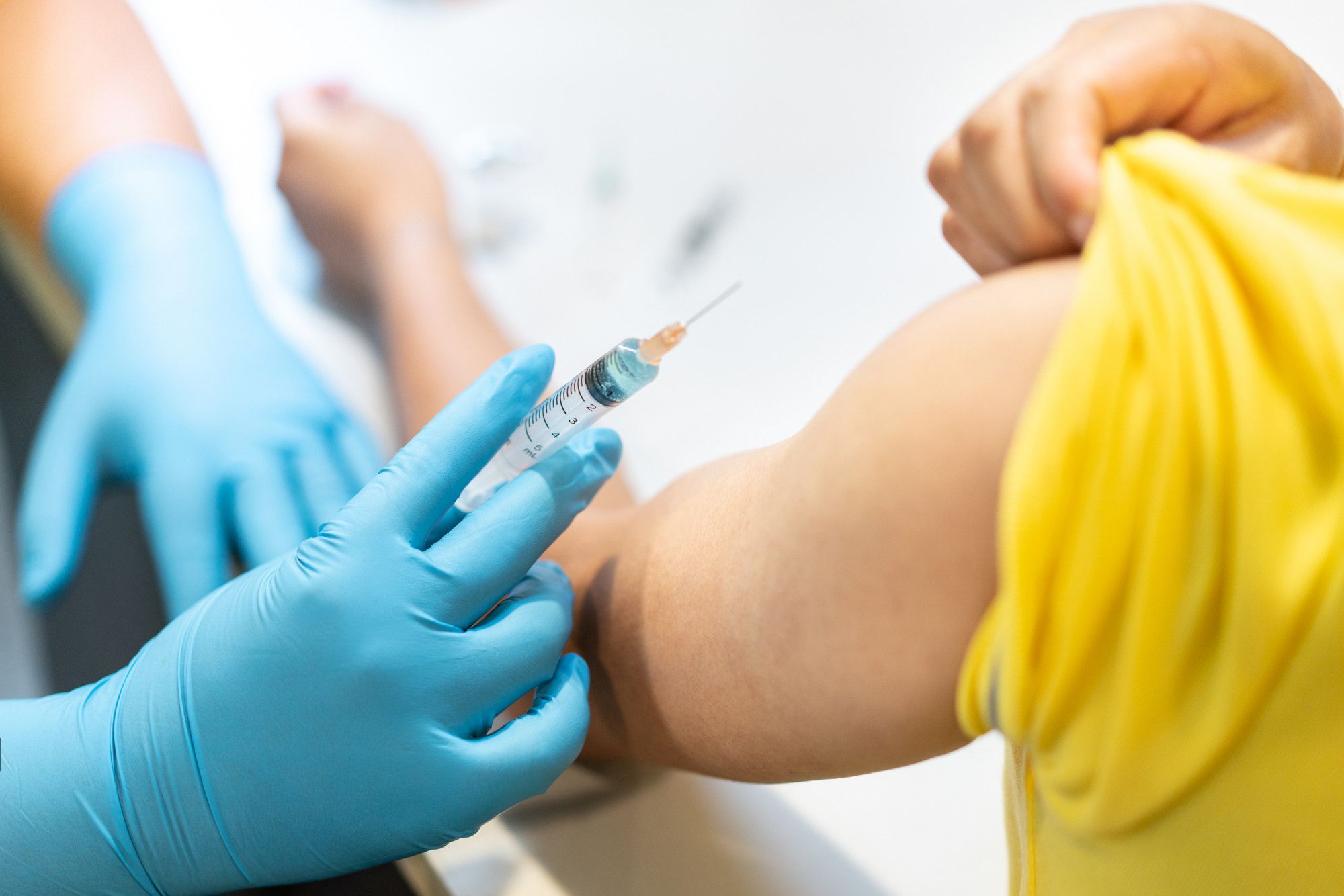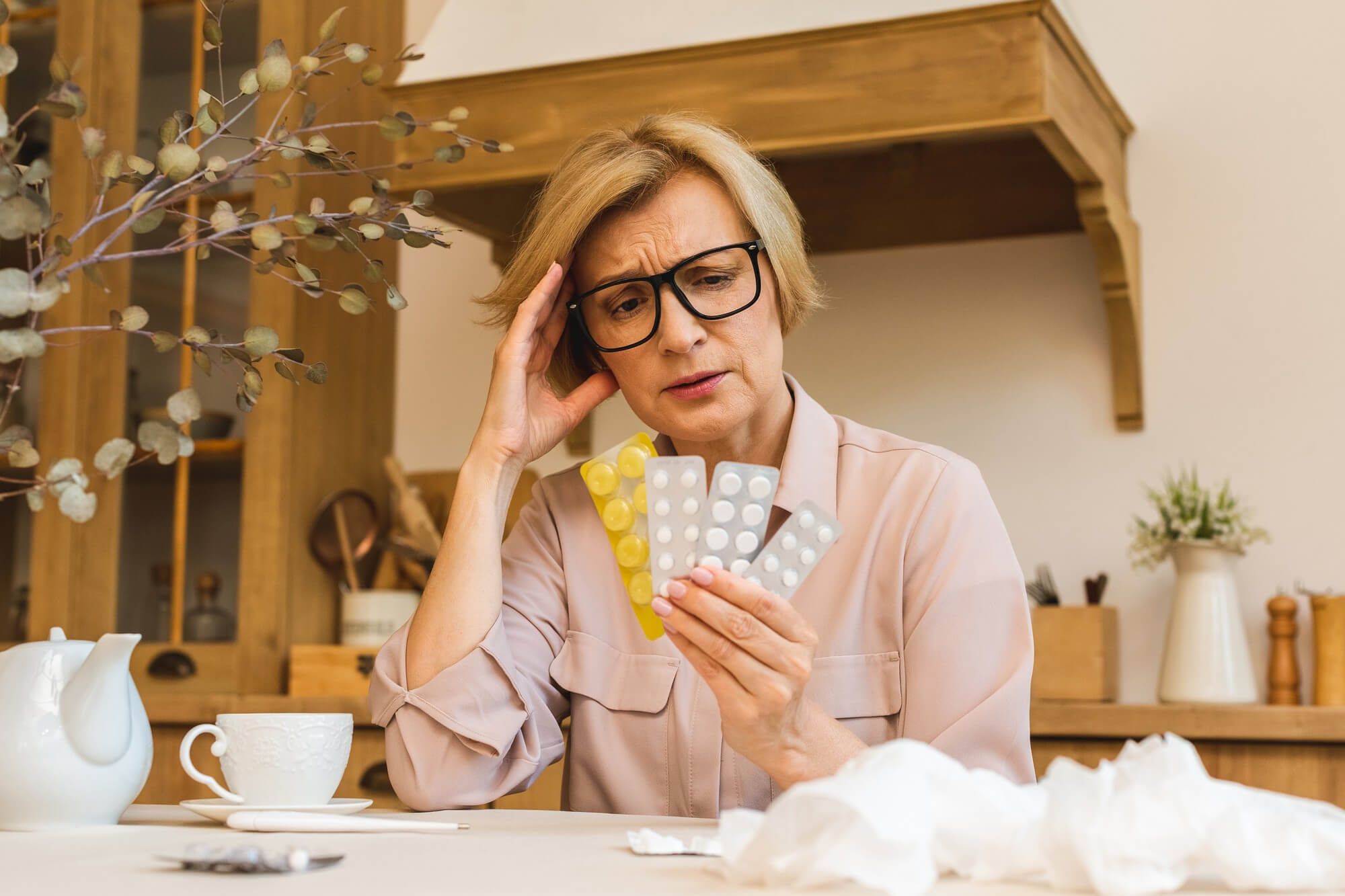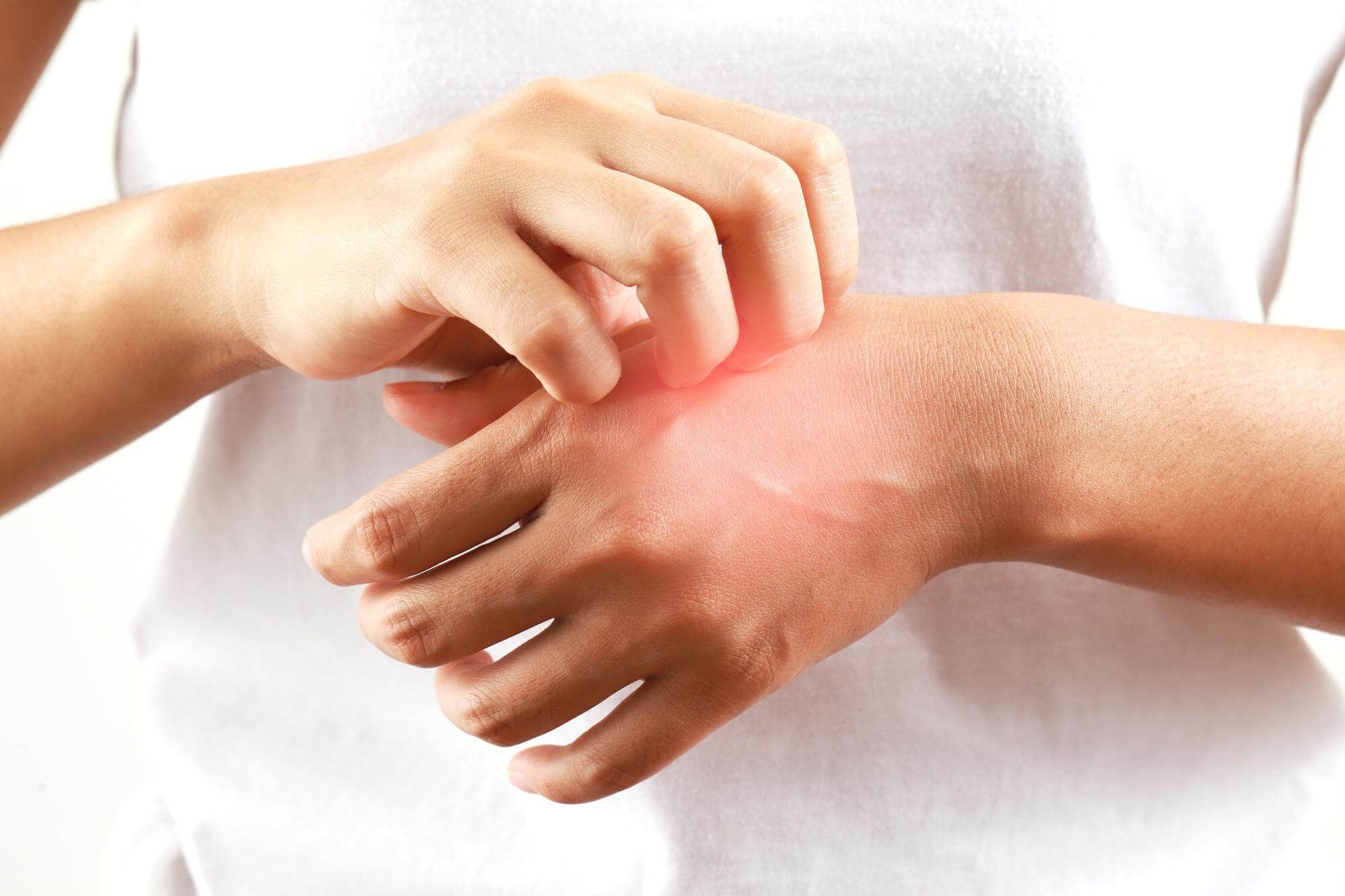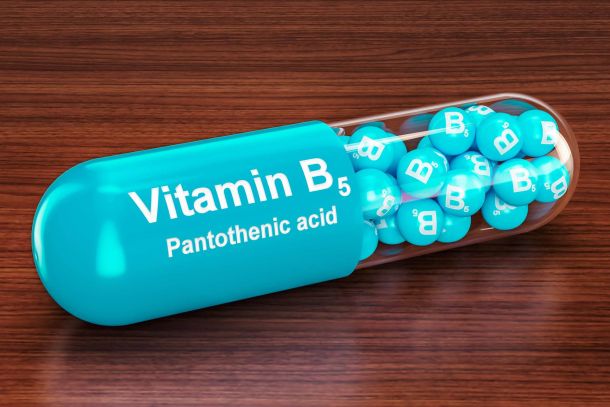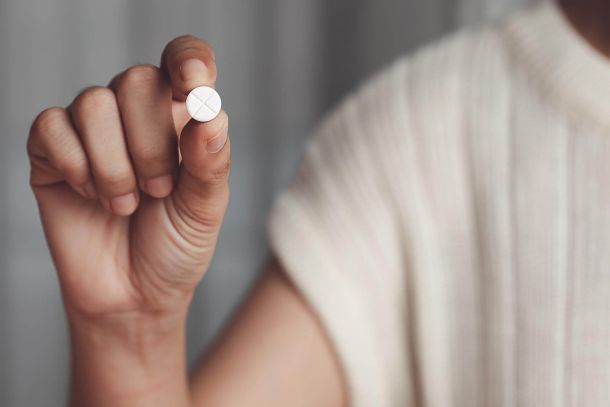Pantyliner allergy: how to avoid irritation and discomfort


Irina Makarova
Allergy to pads is an unpleasant phenomenon that can occur in women during their periods or when using daily pads. Various brands of pads, such as Naturella, Kotex or Always and chamomile pads can cause irritation, itching and skin rashes. In this article, we'll look at the causes of allergies, their symptoms and how to treat them.
What is a pad allergy?
Allergy to pads is an allergic reaction of the body to certain components contained in hygiene products. Such a reaction can be caused by chemicals, additives or flavorings in the composition of pads.
Allergies to pads are quite common among women and can occur during periods of menstruation as well as when using daily pads. Some women may only be allergic to certain brands of pads, such as Naturella, Kotex or Always, while others may be allergic to all types of pads.
Causes of allergy to pads
Allergies to pads can occur for a variety of reasons. Below are the main factors that can provoke an allergic reaction.
- The composition of pads may contain chemicals that cause irritation and allergies in some women. Such substances may include fragrances, perfumes, adhesives, preservatives, and other additives.
- Some manufacturers offer hypoallergenic or natural pads, which suggest that allergies are less likely to develop. However, even the use of such pads does not guarantee the complete absence of allergic reactions, because individual sensitivity to components can be different.
- Each woman has her own individual sensitivity to the different components of pads. Because of this, what may cause an allergy in one woman may be perfectly safe for another.
Symptoms of allergy to pads
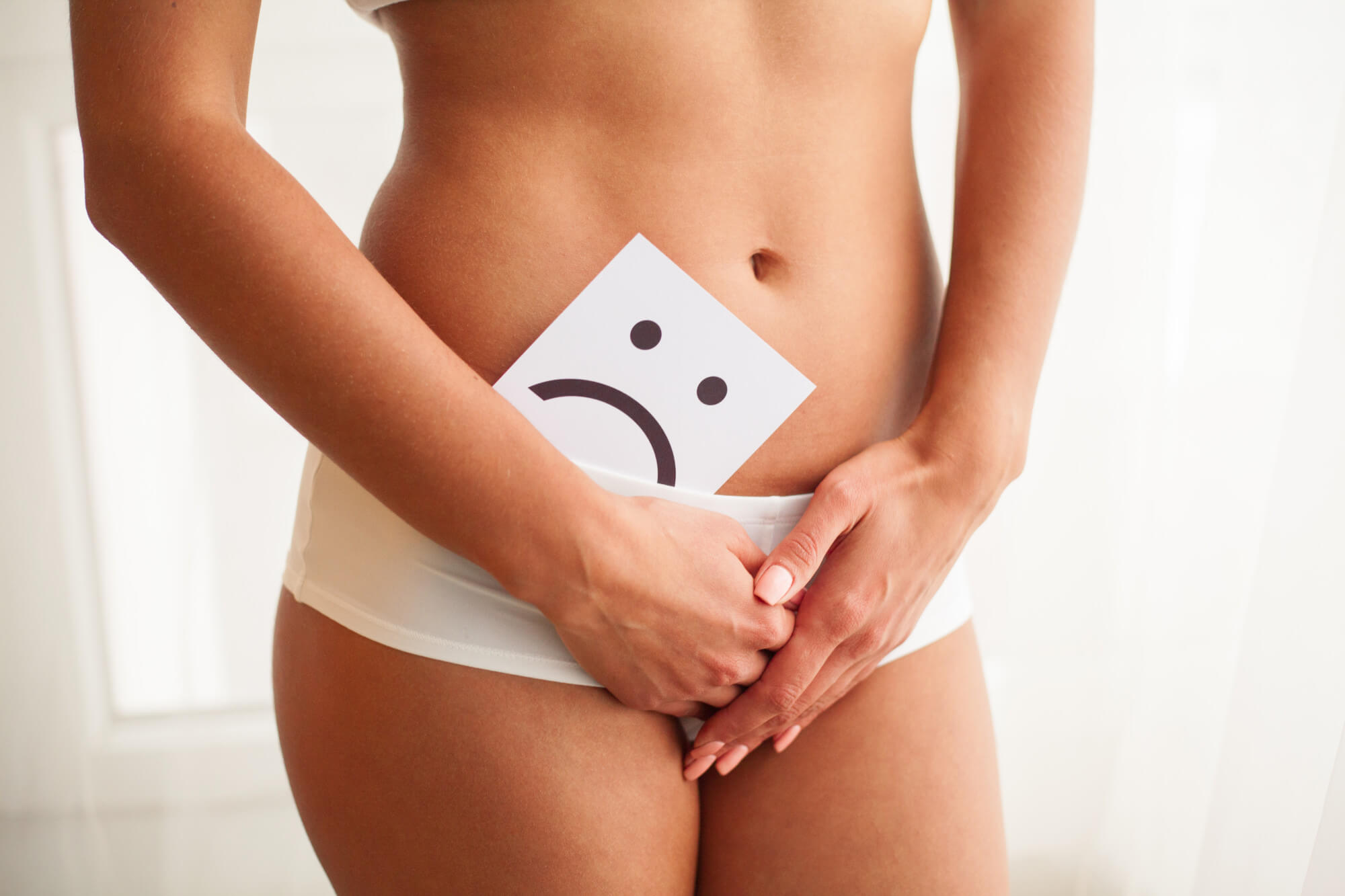
Allergy to pads manifests itself in the form of various symptoms, among which the following are the most common:
- Local manifestations of allergy - skin rashes, itching, redness, swelling and irritation in the area of contact with the pad. In some cases, more serious symptoms, such as sores or pustules, may also appear.
- Common symptoms of allergies include sleep disturbances, irritability, headache, weakness and malaise.
Signs of allergies or irritations?
It is important to distinguish an allergic reaction from the usual irritation caused by improper use of pads or poor hygiene. In the case of allergies, symptoms usually do not disappear after a change of pad or hygiene, and may worsen over time.
Diagnosing pad allergies
To accurately determine if a pad allergy is the cause of your symptoms, you must be diagnosed by an experienced allergist. Below are the basic steps in the diagnosis.
- In the first stage of diagnosis, the doctor will examine you and gather your medical history. He will ask you questions about the manifestation of symptom, the pads you use, and your family history of allergies.
- The doctor may prescribe skin tests or allergy tests to find out if you are allergic to pads. These methods allow you to determine which components of the pads are causing the allergic reaction.
- In some cases, a differential diagnosis may be necessary to accurately diagnose a pad allergy. This will rule out other possible causes of the symptoms, such as fungal or bacterial infections.
Treatment and prevention of pad allergy
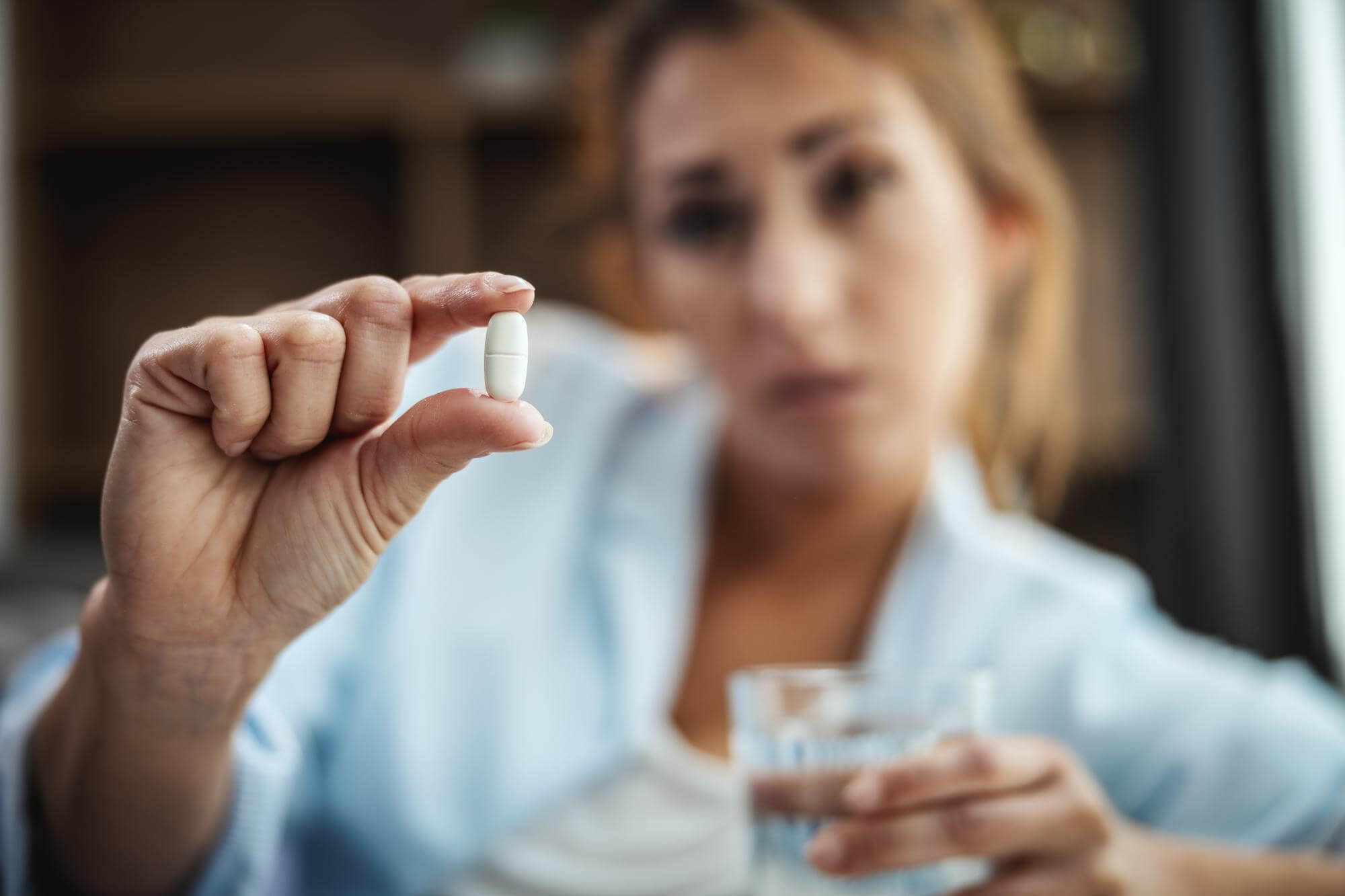
If you are diagnosed with a pad allergy, it is important to take steps to treat and prevent it. Here are some basic recommendations.
If you notice symptoms of an allergy to pads, stop using pads immediately and wash the contact area with warm, soap-free water. See your doctor for advice and treatment.
Your doctor may prescribe antihistamines (Cetirizine, Loratadine, Fexofenadine, Dimethinden, Ebastine, Levocetirizine), topical corticosteroids, or other medications to relieve symptoms and prevent further allergic reactions.
Recommendations for allergy prevention
To prevent pad allergies, choose hypoallergenic pads or pads made from natural materials. Pay attention to the composition of the product and avoid using pads with additives that can cause allergies. Observe personal hygiene and change pads regularly during your period and daily pads.
Alternatives to pads
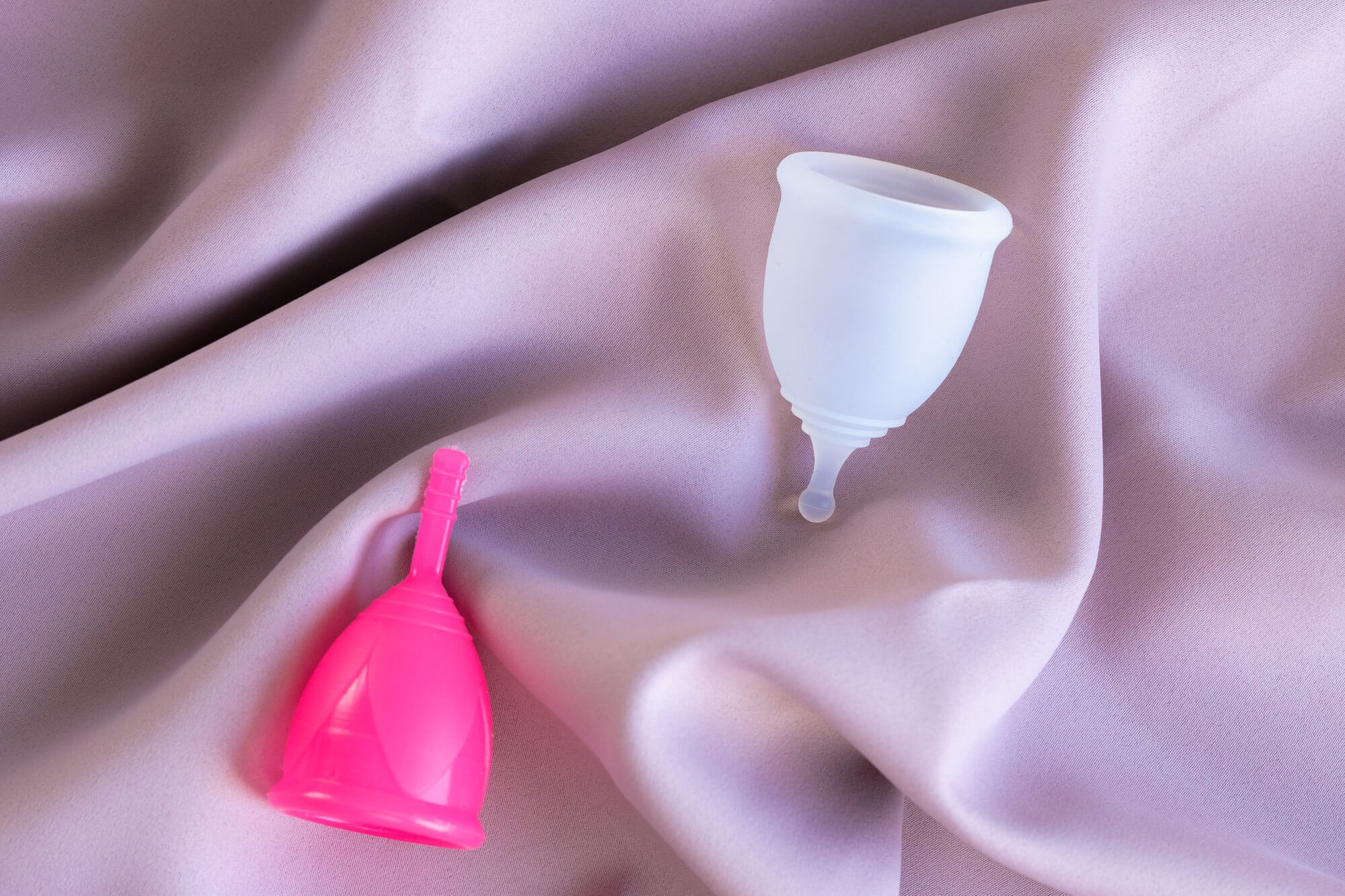
If you are allergic to pads, you may want to consider using alternative personal hygiene products.
- Menstrual cups are silicone or rubber devices that are inserted into your vagina to collect menstrual blood. They are an environmentally friendly and safe option for women who are allergic to pads.
- Tampons can also be an alternative to pads, but their use can also cause allergies in some women. If you decide to use tampons, choose ones that are fragrance and fragrance free.
- Linen pads made of natural materials such as cotton or bamboo are another option. They provide good breathability and comfort and are less likely to cause an allergic reaction.
Allergies to pads are common among women and can cause many unpleasant symptoms. If you are allergic to pads or suspect you are, you should consult with an allergist and follow his or her recommendations for treatment and prevention. You should also consider using alternative personal hygiene products, such as menstrual cups, tampons or lingerie pads made of natural materials, to ensure comfort and care for your health.
New materials
Popular Articles
We recommend reading
Contact us in the Contact Us section to ask questions, offer ideas, or for more information about our allergy resource.
Our articles are your trusted source of allergy knowledge. Learn how to make life with allergic reactions easier on our specialized portal.
©
Lechenie-Allergii.com. All rights reserved.
© Lechenie-Allergii.com. All rights reserved.
The information on this site is for informational purposes only and is not a substitute for professional medical advice. We recommend consulting with qualified medical professionals for accurate information and advice.
 English
English  Українська
Українська  Русский
Русский 
